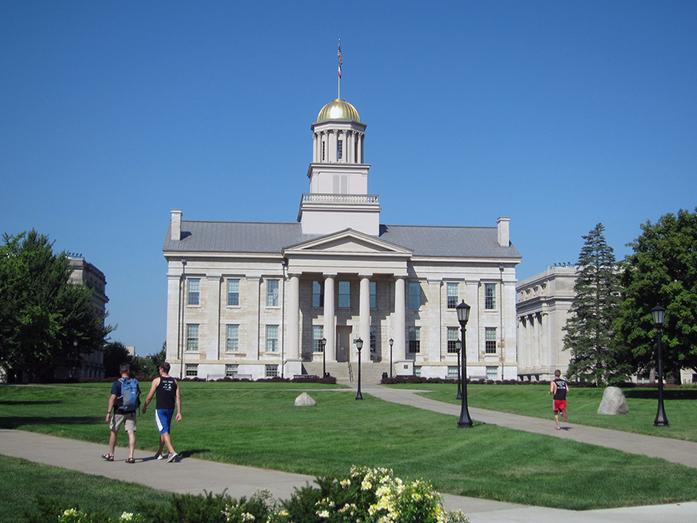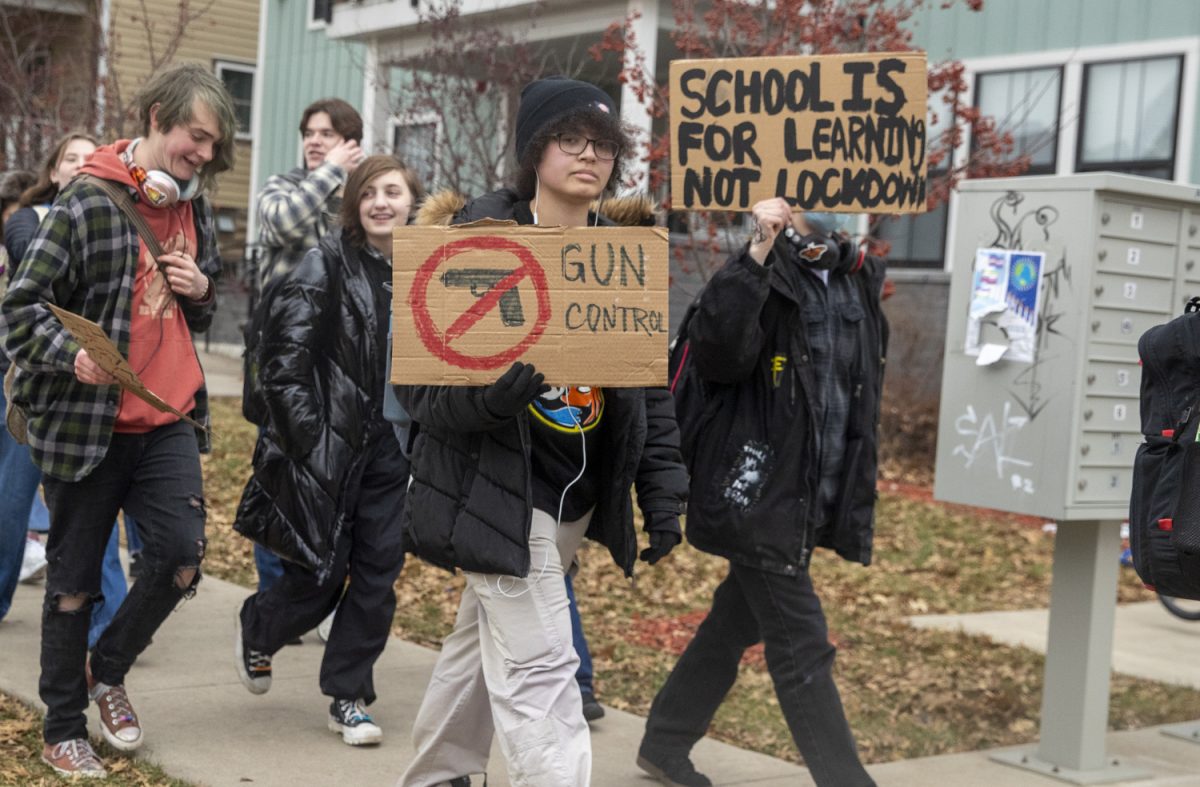According to a new release of college and university rankings, the University of Iowa has tumbled in three distinguishing categories: schools for veterans, public universities, and overall ranking.
U.S. News & World Report posted its annual “Best College” report last week, and the UI is positioned No. 82 among the approximately 1,800 colleges, slipping 11 places. The study used data parameters, such as six-year-graduation and freshman-retention rates, to distinguish public and private institutions.
The UI is no longer considered in the VIP bubble of top-30 public universities in the nation, stumbling to No. 34, while the University of California-Berkeley remains on top. However, more drastically, the UI dropped more than 50 places in the category of top-10 schools for veterans, from the cusp to a meager No. 64.
“The UI holds steady or continues to improve in areas that U.S. News uses to measure quality including our graduation and retention rates, student selectivity, and financial resources,” Jeneane Beck, the UI senior director of news-media relations, wrote in an email to the DI Editorial Board. “But even small adjustments in the placement of other institutions can influence where the University of Iowa lands in the rankings.”
Despite constant flux in such variables for distinguishing top-level schools in the rankings, the plummet of the UI’s quality for veterans is a glaring hole. A fall of more than five-fold proportions must be addressed — if not for the vanity of an academic institution but at the very least for the demographic it serves. The more generalized rankings, though, may be speaking in a proverbial neck-and-neck competition when comparing the top-100 echelon in a field of 1,800. There cannot truly be objective distinctions in that sort of relativity.
Furthermore, a multitude of measurements dependently and independently cause results, such as graduation and retention rates, in which a university cannot directly control.
An academic institution such as the UI should be concerned regardless with slippage when it relies on the results of such evaluations. When marketing advertisements cite such studies, the university is cognizant of the validity in these rankings for a prospective populace. Awareness then necessitates attending to such pitfalls in order to sway graduation and retention rates in the UI’s favor.
“The U.S. News & World Report is only one of many metrics that the UI uses to measure its academic strength, and the UI remains committed to building on our strong foundation of academic excellence,” Beck said. So what kind of weight should be placed on these types of ranking systems?
The UI’s rhetoric depends on sources, such as U.S. News or the Fiske Guide, as a means of substantiating an argument to interested secondary students to enroll at this university. This operates analogously to the future academic essays these students write.
However, alternative-ranking sources like College Scorecard, released by the U.S. Department of Education, focus on quantifying data that reflect the overarching anxiety for collegiate students, post-graduation salary rates. According to College Scorecard, the UI ranks above the national average of $34,343 annual earnings with $48,700 at an average tuition rate just over $2,000 less than the national average of $16,789.
The UI may have fallen in more traditional rankings outlets, which attenuate data into more streamlined parameters. A greater bearing should be placed on metrics focusing on the bottom-line impact of pursuing higher education, employment.










